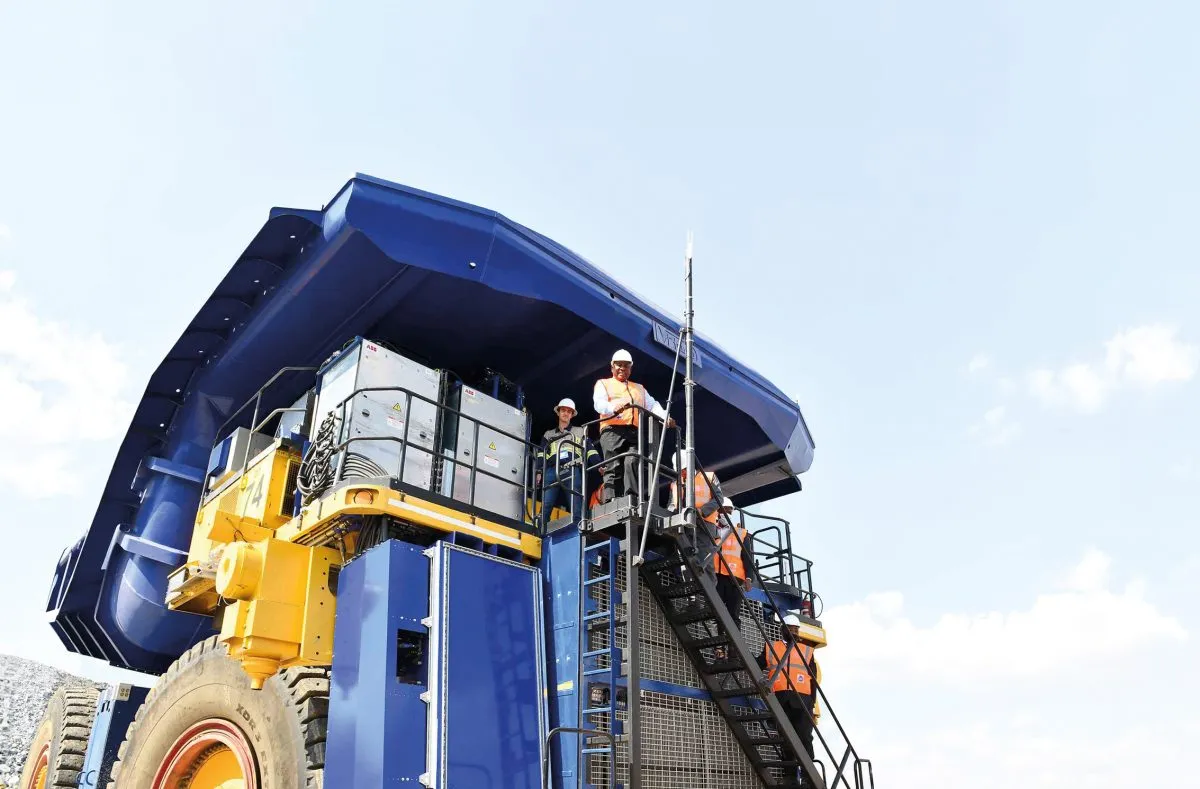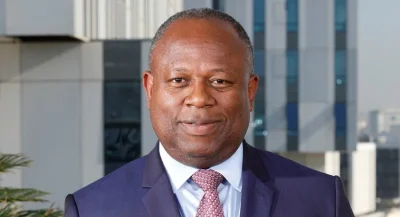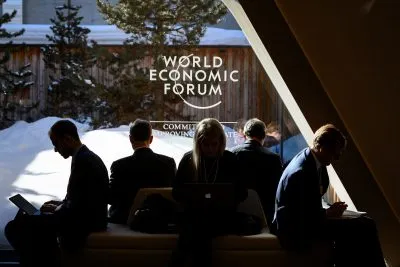This article is part of a Special Report, kindly supported by Brand South Africa.
The country is awash with minerals that are vital to the global technology boom and renewable energy transition under way in developed economies and other regions. South Africa is the world’s leading producer of platinum-group metals, accounting for about 70% of global platinum production and 40% of palladium: both are used for catalytic converters, hydrogen fuel cells, electronics and others.
It also has 70% of the world’s reserves of chrome, used in stainless steel and chemical production and found mostly in its Bushveld Igneous Complex. The country is also one of the largest manganese producers globally, with about 40% of global reserves.
Other minerals include vanadium and nickel, both used in battery technology and energy storage, for example. Lithium and coltan, a source of niobium and tantalum, have recently been found.
Critical minerals are driving growth in a sector that has suffered many challenges in recent years. In August 2024, Stats SA said that despite global complexities, South Africa’s mining production had risen by 0.3% c, driven by manganese, which surged by 16%, and chromium, which increased by nearly 25%.
But to realise greater benefits from its minerals, South Africa, along with other African countries, needs to deepen beneficiation efforts.
The benefits are clear. President Cyril Ramaphosa has told investors that strategically implementing value addition projects and capacity could increase the continent’s GDP by 12% or more by 2050 and create millions of jobs.
Africa is home to sizeable reserves of the world’s critical energy transition minerals: 55% of cobalt, 47.65% of manganese, 21.6% of natural graphite, 5.9% of copper, 5.6% of nickel, 1% of lithium, and 0.6% of iron ore globally, according to the UN Conference on Trade and Development (UNCTAD).
Still, a cohesive approach will be needed to dominate the critical minerals value chain, where China has a head start. With this in mind, significant projects are being initiated to overcome the high cost of energy, infrastructure limitations and to bring in clearer policy consistency. Significant skills and technology upgrades will be needed to close the gap, but it is happening.
With South Africa a leading car manufacturing hub in Africa, the production of electrical vehicles alongside a battery value chain may open even more doors to build on the country’s natural wealth and comparative advantage.
Moving away from age-old patterns
Despite the opportunity, most of Africa’s minerals are exported as raw materials, replicating age-old trade patterns between Africa and other regions.
The government has recognised that progress needs to be underpinned by strong policies. South Africa has recognised this and is working on a strategic framework to develop its critical minerals sector and ensure it has impact on development efforts and its energy diversification, in particular.
The rich minerals base supports the country’s Just Energy Transition Plan, which aims to reduce South Africa’s dependence on coal by developing its already successful renewable energy industry.
The country is well advanced in developing a green hydrogen industry, guided by its Hydrogen Society Roadmap, which sets clear targets to reach by 2050. The plan to produce and export green hydrogen is catalysed by the country’s extensive platinum group metals reserves.
The Green Hydrogen National Programme has attracted projects with a value of more than $45bn, about 20% of which are at the bankable feasibility stage. The plan assumes that global hydrogen usage will more than double by 2030 and increase six-fold by 2050.
The private sector is actively working with government in developing the industry as mining companies and other seek to decarbonise their operations and work towards establishing Hydrogen Valley, a project that aims to develop an integrated ecosystem of green hydrogen hubs around the country.

 Sign in with Google
Sign in with Google 



